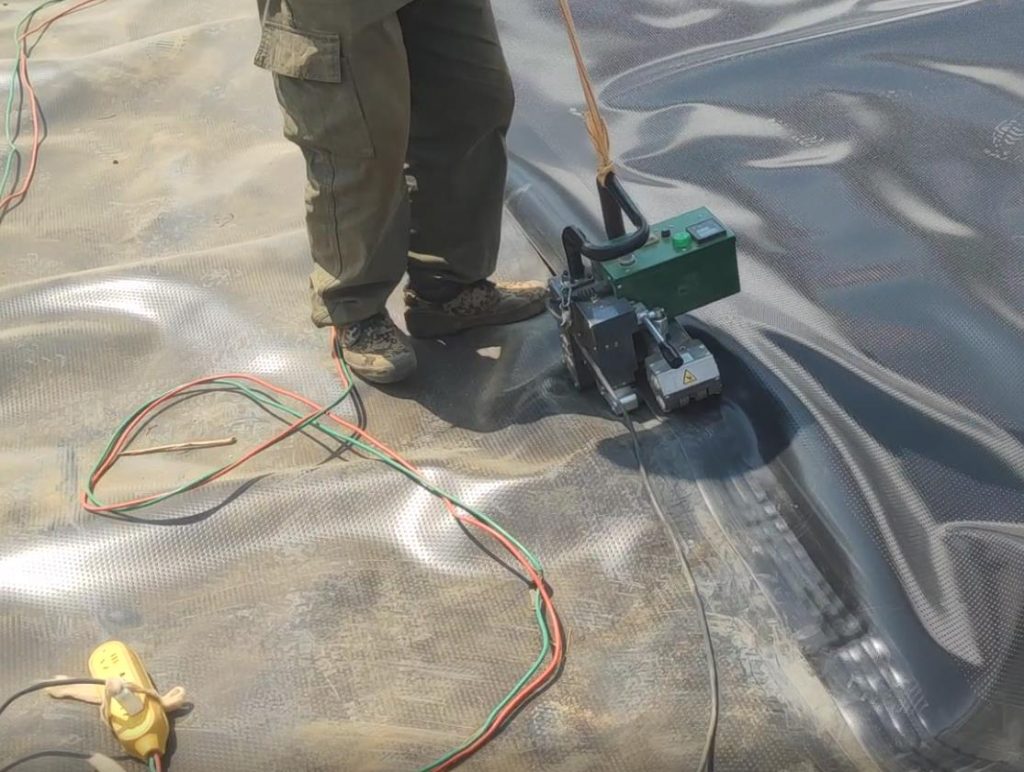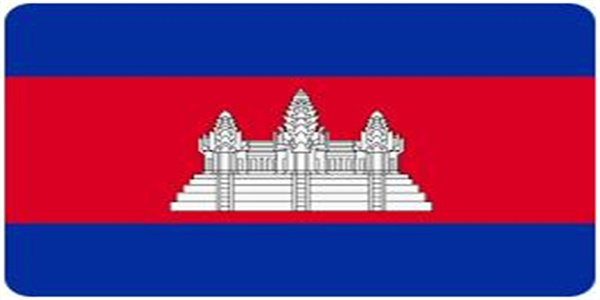
The proper installation of geomembranes in water reservoirs is essential to ensure that they function effectively and provide long-lasting protection against water loss. A well-installed geomembrane can prevent leakage, reduce evaporation, and ensure that water remains contained within the reservoir.
Key Steps in Installing Geomembranes
- Site Preparation: The first step in the installation process is to prepare the site. This involves removing any debris, rocks, or sharp objects that could damage the geomembrane. The ground should also be leveled and compacted to provide a smooth, stable surface for the liner.
- Unrolling the Geomembrane: The geomembrane material is unrolled and laid out over the prepared surface. The sheets should be aligned to minimize seams and overlaps. If necessary, the geomembrane can be pre-measured and cut to fit the specific dimensions of the reservoir.
- Welding and Seaming: Geomembranes are typically joined together by welding, which can be done using hot wedge or extrusion welding methods. It’s important to ensure that the seams are properly welded to create an impermeable barrier. The quality of the welding should be carefully inspected and tested to ensure the integrity of the liner.
- Anchoring and Securing the Geomembrane: Once the geomembrane is laid out and welded, it must be secured to prevent movement. This is typically done by anchoring the edges with sandbags, gravel, or concrete. The anchoring system ensures that the geomembrane stays in place even under pressure from water.
- Final Inspection: After installation, the geomembrane should be inspected for any potential issues such as wrinkles, tears, or unsealed seams. A quality control check is conducted to ensure the liner has been installed correctly and is free from defects.
Conclusion
Proper installation of geomembranes is critical to the success of water reservoirs. Following the correct procedures ensures that the geomembrane functions as intended, providing reliable protection and water conservation for years to come.






 " />
" />